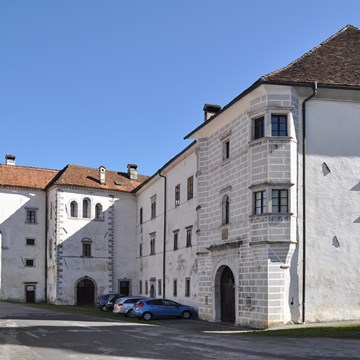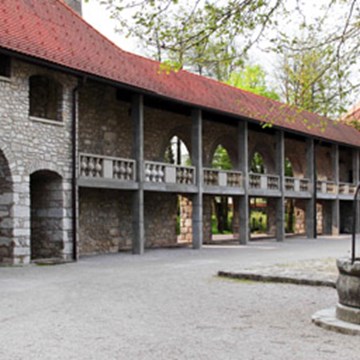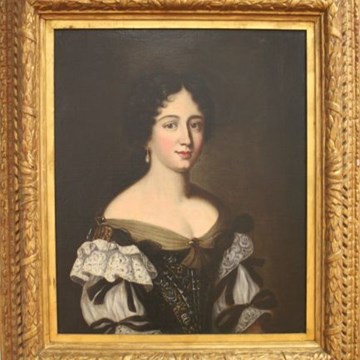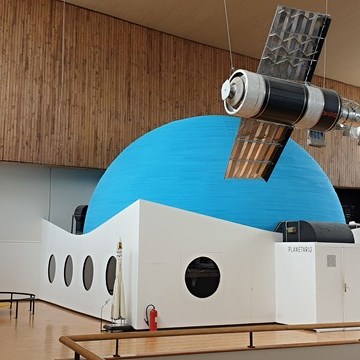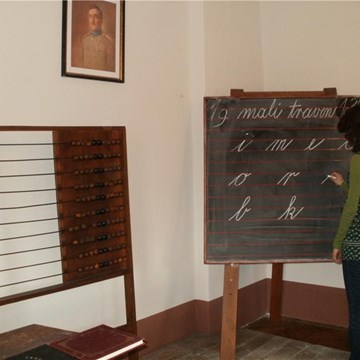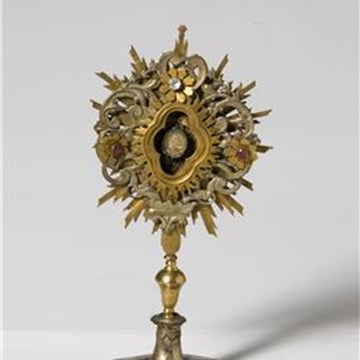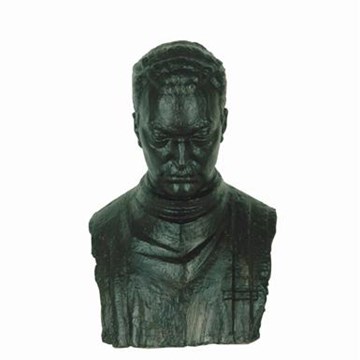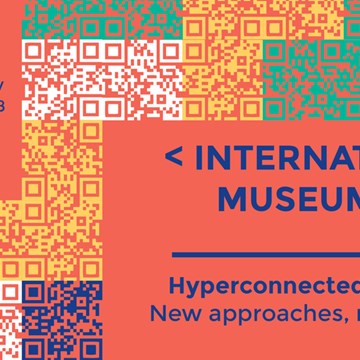Panorama Mesdag
Panorama Mesdag is a cylindrical painting, more than 14 meters high and 120 meters in circumference. The vista of the sea, the dunes and Scheveningen village was painted by one of the most famous painters of the Hague School, Hendrik Willem Mesdag. It is the oldest 19th century panorama in the world in its original site, and a unique cultural heritage.
Hendrik Willem Mesdag was born on February 23, 1831 in Groningen. His father, a merchant and banker, was an amateur painter who saw to it that his two sons were also educated in the art of painting.
Upon leaving school, Mesdag was employed by his father's company for some 16 years. During that period he was educated in the art of drawing, stimulated by his wife Sientje van Houten, whom he married in 1856. When her father died in 1864 and left a considerable inheritance, Mesdag could afford to retire from the firm and devote himself entirely to painting.
Mesdag moved to Brussels where he served an apprenticeship with Willem Roelofs the painter. In 1868 Mesdag and his brother Taco visited the German island of Norderney and got fascinated by the sea in such a way that a year later he decided to move to The Hague, where he could observe and paint the sea and the beach every day.
In 1870 he contributed two paintings for the Paris Salon and as a complete outsider he won the gold medal for his Les Brisants de la Mer du Nord (the Breakers of the North Sea). This marked his breakthrough and with his commercial spirit he succeeded in establishing himself at home and abroad. In 1880 his reputation as a marine painter brought him the assignment from a Belgian company to paint a Panorama. After the bankruptcy of the Belgian company in 1886 he bought his own panorama, which he considered to be one of his major works of art. Mesdag took the responsibility for the financially unattractive exploitation and until his death he covered the yearly deficits out of his own means. He undertook considerable reconstruction projects and realized the green and red halls, exhibiting the works which earned him fame as a marine painter.
Meanwhile Mesdag had become a well respected man in the art world of The Hague. When he moved to The Hague he joined Pulchri Studio (art society) of which he was chairman from 1889 to 1897 and honorary president since.
Around 1900 he initiated the removal of the society to the building at Lange Voorhout and together with his wife he financed part of the reconstruction. In 1876 he co-founded the Hollandsche Teekenmaatschappij (Dutch drawing society), of which he was chairman until 1885.
Together with Sientje he had a house built at Laan van Meerdervoort, which also housed their collection of contemporary French and Dutch art. In 1903 he donated the house and the collection - which are nowadays known as the Museum Mesdag to the state. In 1910, a year after his wife died, he founded a family company in order to secure the future of Panorama Mesdag. The 33 nephews, nieces and cousins of Mesdag and his wife were appointed as shareholders of the company and thereby jointly accepted the responsibility for the exploitation and preservation of Mesdag Panorama. Their descendants still carry this responsibility. And so Mesdag Panorama, which offers its visitors a magical experience in time and space, is a unique cultural heritage, preserved by private initiative.
Hendrik Willem Mesdag died on July the 10th 1915 after a prolonged period of illness.
(After a two-year long major renovation Museum Mesdag reopened its doors in May 2011 under a new name: The Mesdag Collection).
Exhibitions and events
We don't have anything to show you here.
Educational programs
We don't have anything to show you here.
Collections
We don't have anything to show you here.





